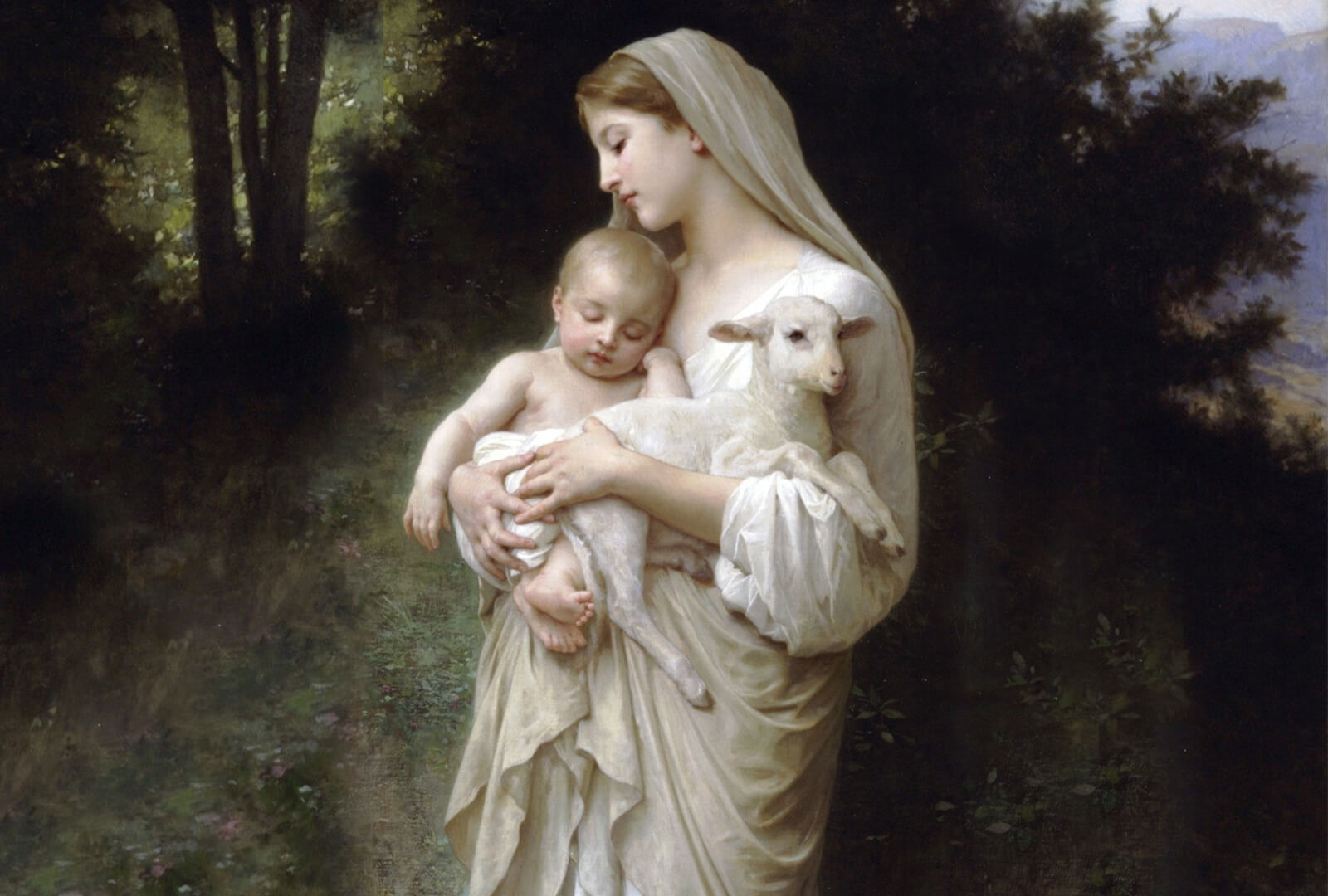New Year’s Day coincides with the Solemnity of Mary, Mother of God. This noteworthy feast begins each new year with a celebration of Mary’s maternity to Jesus, rooted both in Scripture and its own Church Council.
The Visitation, found in the Gospel of Luke, has the first reference to Mary as “Mother of God”. Mary’s cousin, Elizabeth, greets her with, “Blessed are you among women, and blessed is the fruit of your womb,” followed by, “And how does this happen to me, that the mother of my Lord should come to me?” (Lk. 1:39-56)
As time unfolded, Christians began deepening their understanding of the Blessed Mother’s role in our salvation, done in tandem with discoveries about Jesus’ nature and personhood. Ecumenical councils throughout the centuries proclaimed that Jesus Christ is one person with two natures – that which is human, like His mother, and that which is the divine Son of God, Word made flesh. But could Mary, a human woman, give birth to a divine person Who’s existed since time immemorial? Nestorius, Archbishop of Constantinople, offered a potential solution: perhaps Mary was the mother of Jesus, the human person, but not the Word made flesh, God the Son. Mary, according to Nestorian thought, mothered Jesus’ humanity, not His divinity.
Facing condemnation as a heretic for his statement, Nestorius asked Roman Emperor Theodosius II to convene a council to discuss and affirm his view. So, the Council of Ephesus gathered in 431 AD, near modern-day Selçuk, Turkey, to discuss Mary’s motherhood in relation to Jesus, human and divine.
After several months, the Council of Ephesus came forward with two crucial findings, both opposites of Nestorianism. The first confirmed that Jesus Christ was both fully human and fully divine – the Son of God and the son of Mary. The second was that, since Jesus was both fully God and fully man, Mary had to be the mother of Jesus – humanity and divinity together. As an affirmation of this connection and of Mary’s integral salvific role, she was officially given the title of Theotókos: “God-bearer”.
This has been reaffirmed by the Church in songs, feasts, and prayers such as the Rosary, including the Hail Mary, and the Memorare. Pope Saint Paul VI, in the dogmatic constitution Lumen Gentium, writes: “The Virgin Mary, who at the message of the angel received the Word of God in her heart and in her body and gave Life to the world, is acknowledged and honored as being truly the Mother of God and Mother of the Redeemer.”
This Solemnity, the first day of a new year, provides us with a perfect occasion to renew our devotion to Jesus through His Mother. She is our beacon to her Son, a humble handmaid chosen to raise, care for, and teach the Son of God. She intercedes on our behalf daily, in miracles, answered prayers, and graces – what better way to start anew than with Christ and the guidance of His Mother!

